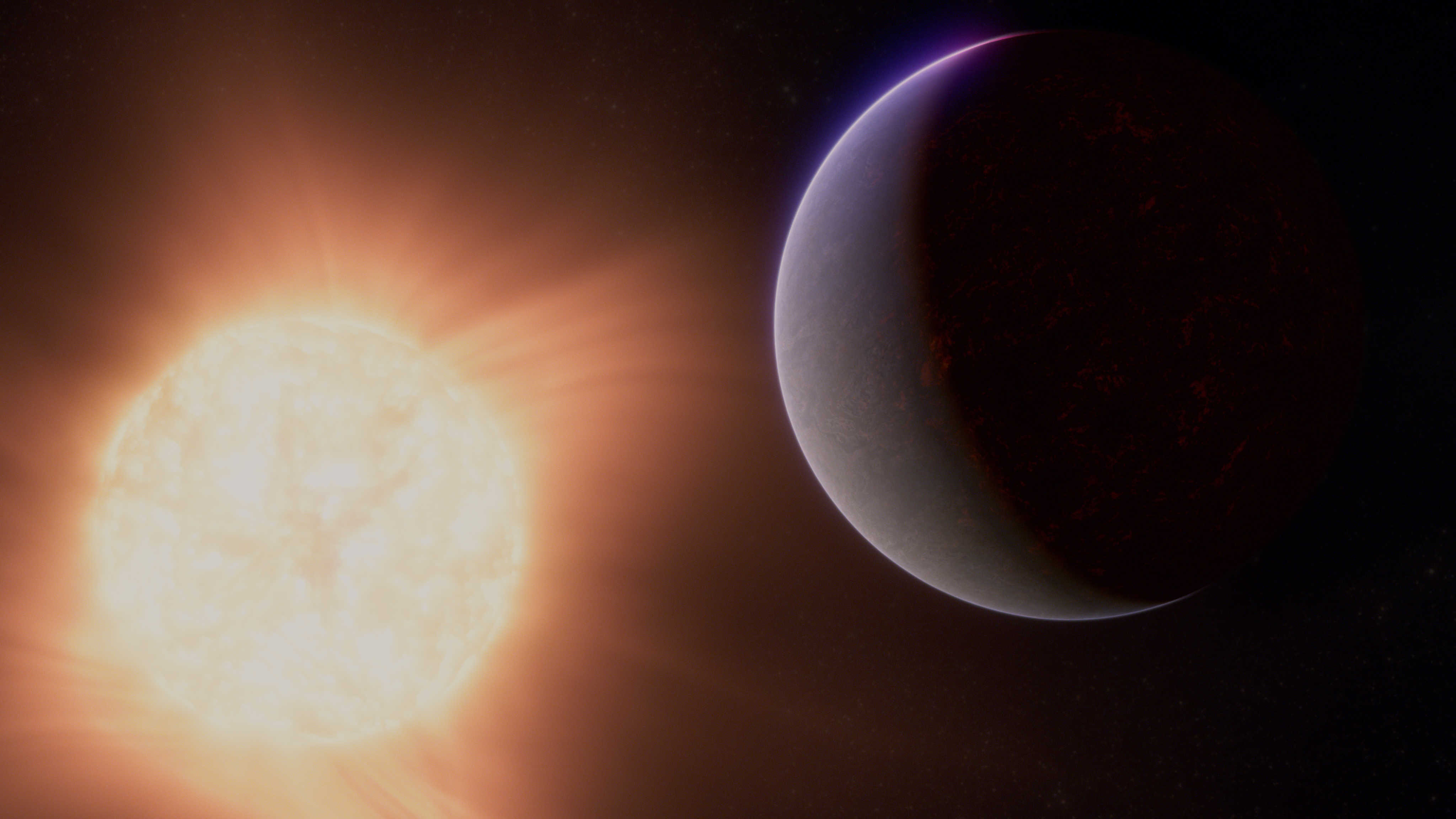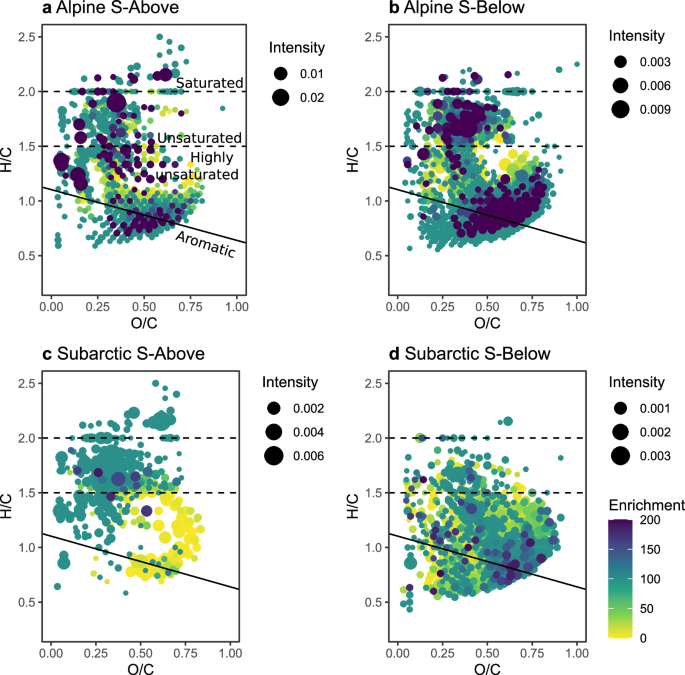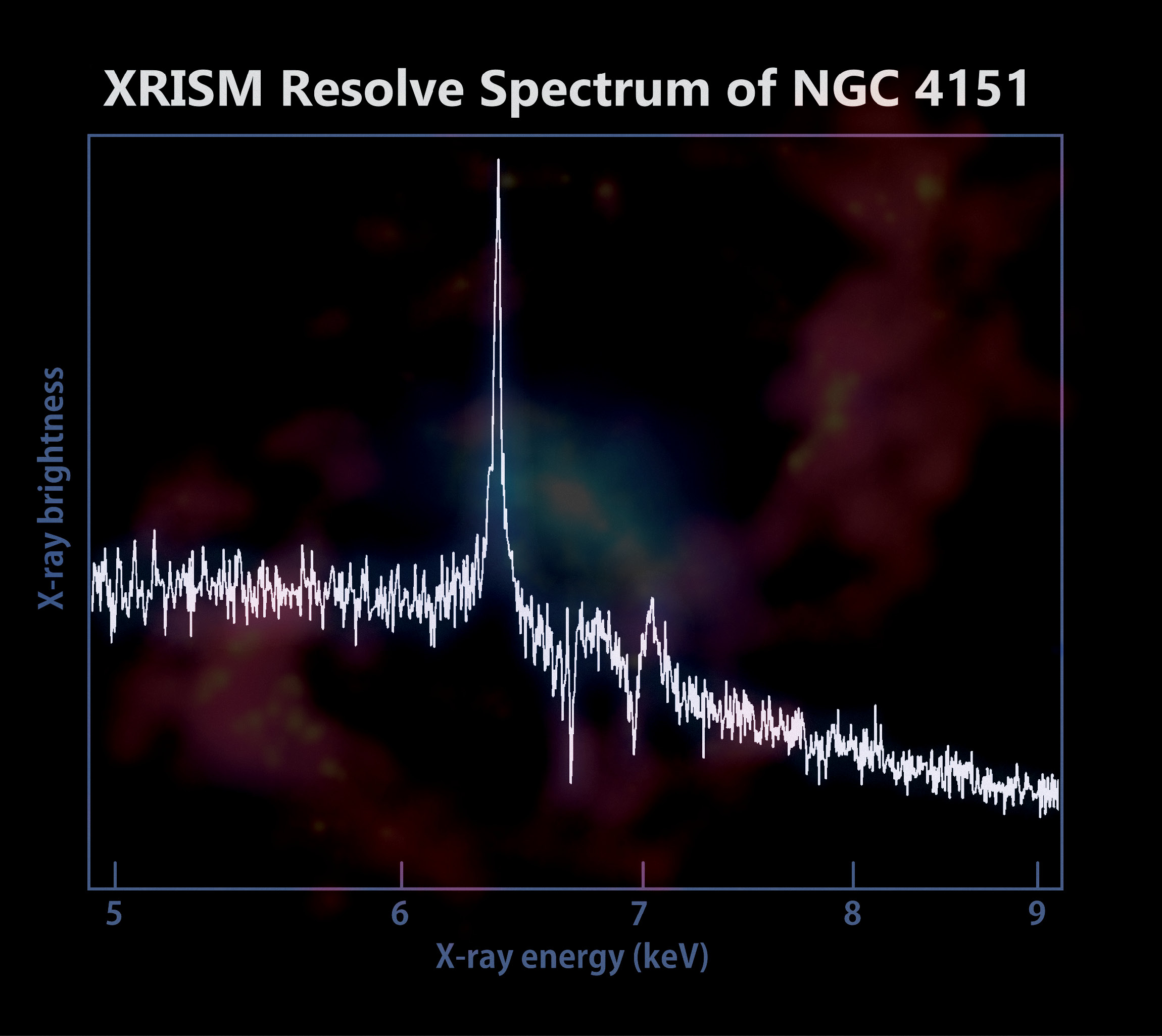2024-05-08 NASA

This artist’s concept shows what the exoplanet 55 Cancri e could look like based on observations from NASA’s James Webb Space Telescope and other observatories. Observations from Webb’s NIRCam and MIRI suggest that the planet may be surrounded by an atmosphere rich in carbon dioxide (CO2) or carbon monoxide (CO). Researchers think the gases that make up the atmosphere could have bubbled out of an ocean of magma that is thought to cover the planet’s surface. NASA, ESA, CSA, Ralf Crawford (STScI)
<関連情報>
- https://science.nasa.gov/missions/webb/nasas-webb-hints-at-possible-atmosphere-surrounding-rocky-exoplanet/
- https://www.nature.com/articles/s41586-024-07432-x
岩石で覆われた太陽系外惑星55カンクリの二次大気 A secondary atmosphere on the rocky Exoplanet 55 Cancri e
Renyu Hu,Aaron Bello-Arufe,Michael Zhang,Kimberly Paragas,Mantas Zilinskas,Christiaan van Buchem,Michael Bess,Jayshil Patel,Yuichi Ito,Mario Damiano,Markus Scheucher,Apurva V. Oza,Heather A. Knutson,Yamila Miguel,Diana Dragomir,Alexis Brandeker & Brice-Olivier Demory
Nature Published:08 May 2024
DOI:https://doi.org/10.1038/s41586-024-07432-x
We are providing an unedited version of this manuscript to give early access to its findings. Before final publication, the manuscript will undergo further editing. Please note there may be errors present which affect the content, and all legal disclaimers apply.
Abstract
Characterizing rocky exoplanets is a central endeavor of astronomy, and yet the search for atmospheres on rocky exoplanets has hitherto resulted in either tight upper limits on the atmospheric mass1–3 or inconclusive results4–6. The 1.95-REarth and 8.8-MEarth planet 55 Cnc e, with a predominantly rocky composition and an equilibrium temperature of ~2000 K, may have a volatile envelope (containing molecules made from a combination of C, H, O, N, S, and P elements) that accounts for up to a few percent of its radius7–13. The planet has been observed extensively with transmission spectroscopy14–22, and its thermal emission has been measured in broad photometric bands23–26. These observations disfavor a primordial H2/He-dominated atmosphere but cannot conclusively determine whether the planet has a secondary atmosphere27,28. Here we report a thermal emission spectrum of the planet obtained by JWST’s NIRCam and MIRI instruments from 4 to 12 μm. The measurements rule out the scenario where the planet is a lava world shrouded by a tenuous atmosphere made of vaporized rock29–32, and indicate a bona fide volatile atmosphere likely rich in CO2 or CO. This atmosphere can be outgassed from and sustained by a magma ocean.



